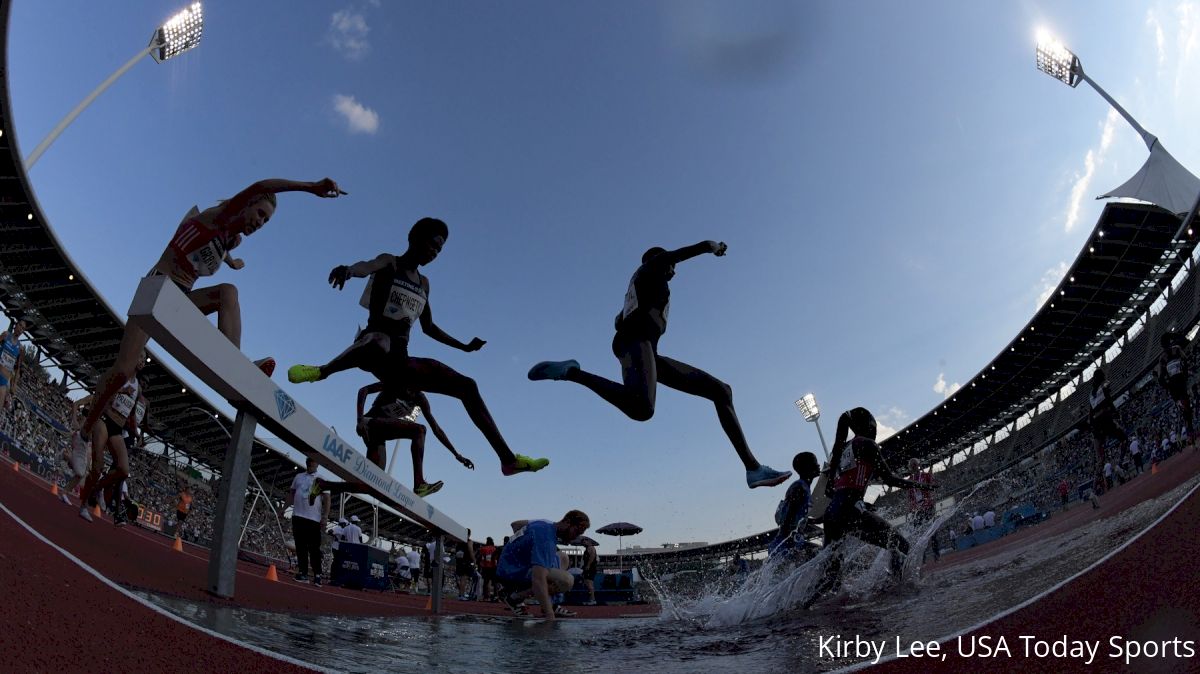IAAF Walks Back 'World Rankings,' Restores Usual Qualifying System For 2019
IAAF Walks Back 'World Rankings,' Restores Usual Qualifying System For 2019
Citing feedback from the “global athletics community,” the IAAF announced its World Rankings will not factor into the world championships qualifying system.

After more than a year of uncertainty, speculation, and apparent backlash from the “global athletics community,” the International Association of Athletics Federations (IAAF) announced today that their proposed “World Rankings” will not factor into the qualification system for the world championships; instead, the IAAF will return to its usual format: a combination of entry standards, wild cards, and performance list rankings.
“After carefully listening to groups across the global athletics community, it is apparent while there is broad support for a new World Ranking system, there is still work to do to give full confidence that the points-based system is equally fair to all athletes and in all regions.”
In 2017, the IAAF revealed it intended to adjust its qualification system ahead of the 2019 World Outdoor Championships in Doha, Qatar, to incorporate its new World Rankings, “where athletes score points based on a combination of result and place depending on the level of the competition in which the result is achieved. The ranking is then based on their average score over a certain number of competitions in a defined period of time.”
In that system, certain meets are given priority over others in the IAAF’s event calendar. According to IAAF President Sebastian Coe, the federation hoped this would provide “a clear understanding of the hierarchy of competitions from national through to area and up to global events, allowing them to follow a logical season-long path to the pinnacle of athletics' top two competitions.”
But this may create a new set of obstacles for athletes who don’t compete often enough or at all in European or Asian venues, where the IAAF hosts the majority of its meets. This includes student-athletes competing in the NCAA system, as well as North and South American athletes who may run the standard, but fall short of accumulating enough World Rankings points to qualify.
Although the World Rankings will not factor into 2019’s qualification criteria, the IAAF will still deploy them at the onset of the outdoor season and update them regularly in an attempt to familiarize athletes, coaches, federations and fans with the new process before it becomes “the primary qualifying route” for the championships.
“We believe strongly that the World Rankings is the best way for athletes to qualify for our major championships in future,” Coe said. “Implementing change takes time as it is important our athletes and federations fully understand what is a complex system. We want to give the sport the opportunity to see the World Rankings in action and understand how they will work before we introduce the new system in full.
“We think sticking with the existing qualification system is the best solution for Doha because it gives our athletes, coaches and Member Federations the certainty they need at this point to prepare for the world championships. We trust that once everyone understands the World Rankings system they will be confident about its introduction as the qualification system for future championships.”
Although many (including FloTrack) expected the IAAF Council to reveal its 2019 entry standards on November 1, it appears that they adjusted their timeline as a result of today’s announcement.
We initially received information from a reputable source that told us the new qualifying standards would be set according to the tenth-best mark from each event’s 2018 performance list, making some of the standards near-unattainable for some countries' top athletes—in the men’s 800m, the standard might have been 1:43.82, while women competing in the 1500m would need to run faster than 4:00.60. But now that the former system has been restored, there’s no reason to believe the 2019 standards will follow this logic.
Keep an eye on FloTrack for specific entry standards after the IAAF concludes their meeting in Monaco on December 4.
Read below for the official summary of the 2019 qualification system.
Under the Doha 2019 entry system, athletes will be able to qualify in four ways:
- By achieving the entry standard within the qualification period.
- By winning the Area Championship in all individual events except the marathon, an athlete will be considered to have achieved the entry standard (subject to the approval of the Technical Delegate who will assess the standard of specific events).
- By Wild Card, as the reigning World Champion, winner of the 2019 IAAF Diamond League or leader of the IAAF Hammer Throw Challenge, Race Walk Challenge and Combined Events Challenge (at the end of the qualification period). However only one athlete can be nominated per country under this clause as there is a limit of four athletes per country in total.
- By being among the best ranked athletes on the IAAF Top Performance Lists within the respective qualifying periods (except in the 10,000m, marathon and race walks).
Wherever target numbers are not reached by entry standard alone, the rolldown system used for the last world championships in London will be used to determine how many athletes will qualify from the top lists.
Wherever target numbers are not reached by entry standard alone, the rolldown system used for the last world championships in London will be used to determine how many athletes will qualify from the top lists.
Relay teams will qualify via the IAAF World Relays Yokohama 2019 and via the top lists.
Member Federations who have no athletes who have achieved the entry standards will be able to enter one unqualified athlete.